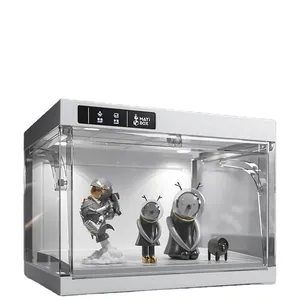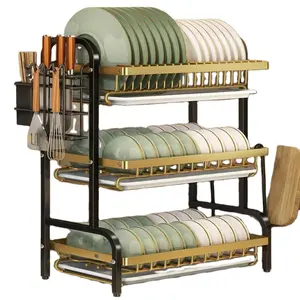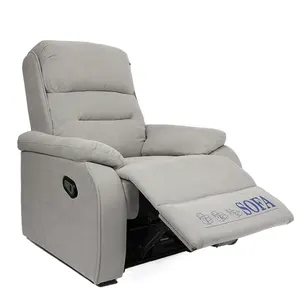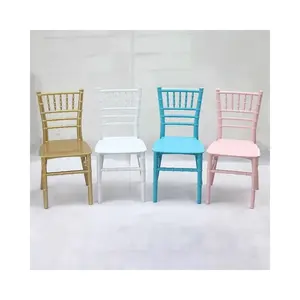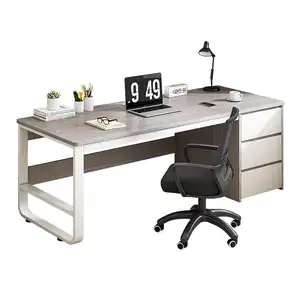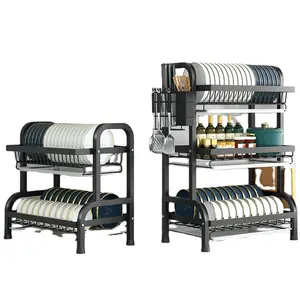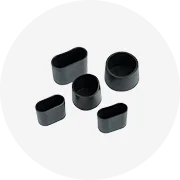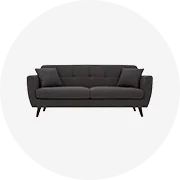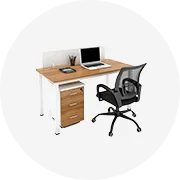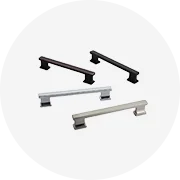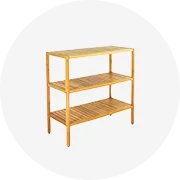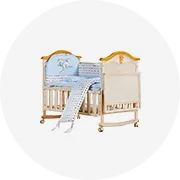Popular in your industry











































































Related Searches:





































































































































Top categories
About narrow cabinets
The term narrow cabinets encompasses a range of slender storage solutions designed to fit into tight spaces without compromising on functionality or style. These cabinets are ideal for maximizing storage in areas where space is at a premium, such as small apartments, compact bathrooms, or narrow hallways. With a variety of designs, from slim shoe cabinets to tall narrow cabinets, these pieces are as versatile as they are practical, offering a blend of aesthetic appeal and efficient storage.
Types of Narrow Cabinets
Within the category of narrow cabinets, there are several types to consider. Slim shoe cabinets are designed with compartments that tilt out or pull out, providing easy access and organization for a variety of shoe sizes. Narrow bathroom cabinets often feature shelves and drawers tailored to hold toiletries and towels, while narrow storage cabinets for living spaces might include a combination of display shelves and hidden compartments. Tall and narrow cabinets are perfect for areas like the kitchen or dining room, where they can store dishes and glassware without taking up much floor space. Each type is crafted to meet specific storage needs while maintaining a slim profile.
Structure of Slimline Cabinets
The structure of slimline cabinets is a testament to clever engineering, designed to offer maximum storage while occupying minimal space. A typical narrow shoe cabinet might feature a series of racks within a pull-out compartment, each rack angled to accommodate shoes in a compact manner. Narrow bathroom cabinets often have drawers with dividers that help organize smaller items. Many narrow cabinets also include features like adjustable shelves or modular components that can be reconfigured according to the user's needs.
Materials Used in Narrow Cabinets
The materials used in narrow cabinets are chosen for their durability, aesthetics, and ability to be fashioned into sleek designs. Solid wood offers a classic and sturdy option, while MDF provides a smooth surface that's ideal for painting in a variety of colors. Iron and melamine are often used for their modern look and lightweight properties, making them easy to move and install. These materials are also resistant to moisture and wear, which is particularly beneficial for narrow bathroom cabinets and slim shoe cabinets that may be exposed to damp conditions.
Business Usages and Applications
Narrow cabinets find their place in various business settings, from boutique retail shops displaying merchandise to office buildings requiring efficient document storage. In the hospitality industry, hotels utilize slim storage cabinets in guest rooms for a minimalist aesthetic that maximizes space. These cabinets also serve as organizational units in home offices or commercial spaces, where they can store office supplies, reference materials, and electronic equipment, contributing to a tidy and productive work environment.
Functions of Narrow Storage Solutions
The primary function of narrow storage solutions is to organize and conceal items in a manner that saves space. For instance, a slim bathroom cabinet is designed to keep bathroom essentials out of sight but within reach, often with specialized compartments for different items. Slim shoe cabinets protect footwear from dust and make it easy to find the right pair. In the living room or bedroom, narrow cabinets can function as both display cases for decorative items and storage for personal belongings.
Features of Slim Cabinets
Slim cabinets boast features that enhance their utility and aesthetic value. Many models include soft-close hinges that prevent slamming, drawer slides for smooth operation, and handles that complement the cabinet's style. Innovations like lazy susan storage components and toe kicks add functionality to narrow kitchen cabinets, making them more user-friendly. The ability to customize with different tiers and accessories allows these cabinets to serve a wide range of purposes in both residential and commercial spaces.
Benefits of Slim Cabinet Storage
The benefits of slim cabinet storage are numerous. They make efficient use of vertical space, reduce clutter, and can help maintain an organized environment. For businesses, this organization can translate to improved productivity and a more professional appearance. In homes, it means more livable space and a more aesthetically pleasing environment. The psychological impact of a well-organized space should not be underestimated, as it can lead to a calmer, more focused mindset.
How to Use Narrow Cabinets Effectively
To use narrow cabinets effectively, consider what you need to store and organize the interior accordingly. For example, use narrow bathroom cabinets to store items you use daily at eye level, and less frequently used items below. In a slim shoe cabinet, categorize shoes by type or frequency of use. Utilizing the full height of tall narrow cabinets can maximize your storage space, especially when adjustable shelves are involved.
How to Choose the Right Narrow Cabinet
Choosing the right narrow cabinet involves assessing the space where it will be placed, the items it will store, and the style of the surrounding decor. Measure the area to ensure a good fit, and consider a cabinet with adjustable features for flexibility. For durability and ease of maintenance, select materials appropriate for the room's conditions, such as moisture-resistant materials for bathrooms.
How to Clean and Maintain Narrow Cabinets
Cleaning and maintaining narrow cabinets is straightforward. Dust regularly with a soft cloth, and use cleaners suitable for the cabinet's material. For wood, use a wood cleaner to enhance its natural luster. For metal or melamine, a damp cloth with mild detergent will suffice. Regularly check and tighten any loose hardware to ensure longevity.
How to Install Slimline Cabinets
Installing slimline cabinets can often be done with basic tools and a little DIY knowledge. Wall-mounted types will require a stud finder, level, drill, and possibly anchors to ensure a secure fit. Floor-standing models should be leveled to prevent doors and drawers from opening unexpectedly. Always follow the manufacturer's instructions for the best results.
Target Audience and Their Preferences
The target audience for narrow cabinets includes urban dwellers with limited space, minimalist enthusiasts, and businesses looking for sleek storage solutions. These consumers prefer furniture that is both functional and stylish, with a preference for designs that are modern and space-efficient. The versatility and customization options of narrow cabinets meet these needs perfectly, providing a storage solution that is as adaptable as it is attractive.
How can narrow cabinets enhance space efficiency in small apartments?
Narrow cabinets are designed to optimize space efficiency by fitting into areas that other furniture pieces cannot. Their slender profiles allow them to be placed in unused nooks and crannies, transforming them into practical storage areas. In small apartments, every inch of space matters, and these cabinets can be the difference between a cluttered room and a well-organized living space.
What should be considered when choosing the right narrow cabinet for a specific room?
When selecting a narrow cabinet for a specific room, consider the room's layout, the items you need to store, and the cabinet's material and design style. It's important to measure the space where the cabinet will be placed to ensure a good fit. Additionally, think about the cabinet's functionality, such as the number of tiers or whether it should have a multifunctional design.
Are there any special maintenance tips for keeping narrow cabinets in good condition?
Maintaining narrow cabinets involves regular cleaning with appropriate cleaning agents for the material, ensuring that hinges and drawer slides are lubricated, and avoiding overloading shelves to prevent warping. For wooden cabinets, it's important to protect them from excessive moisture, especially in bathroom settings.
